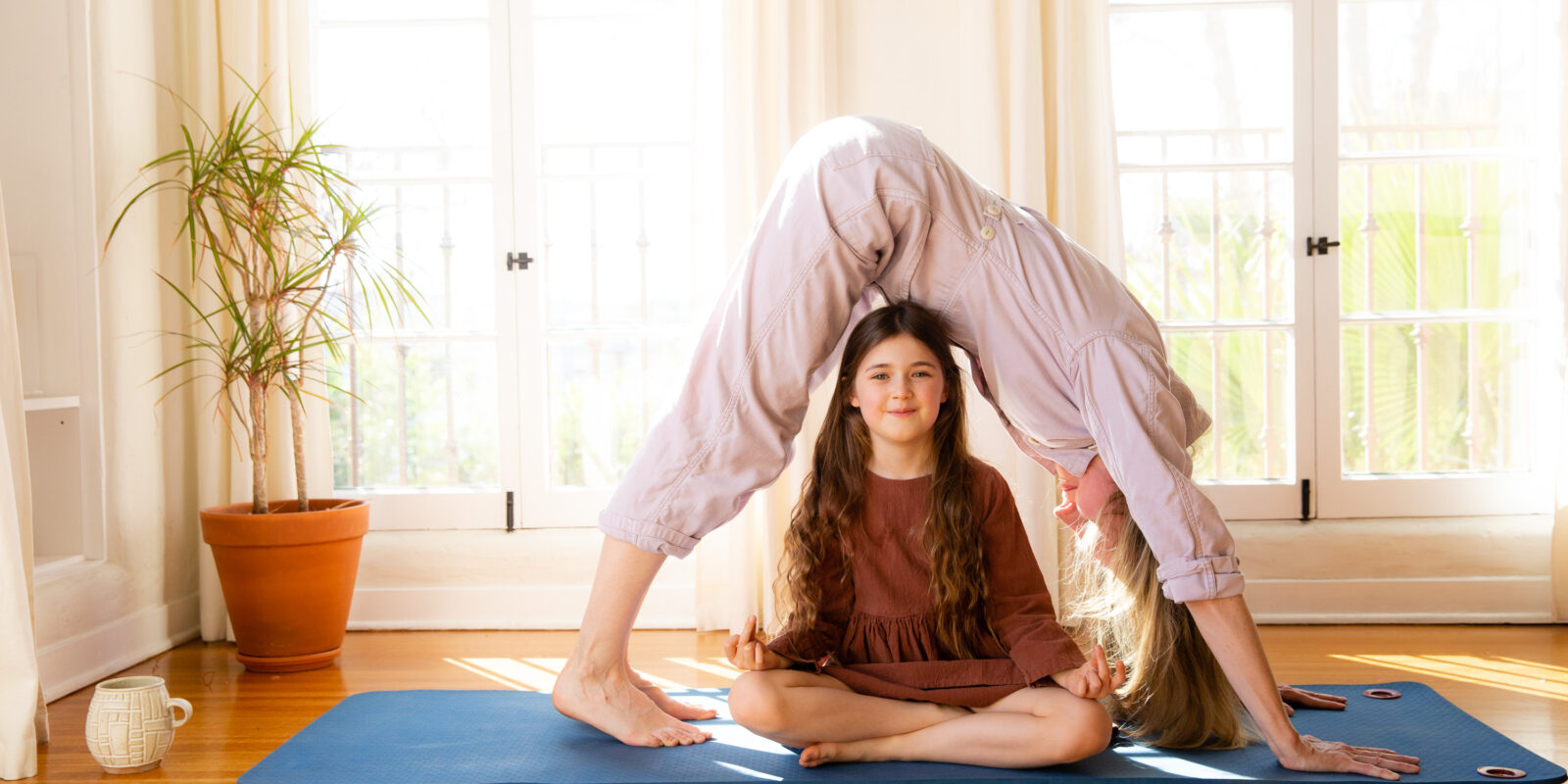
Breathing Techniques for Relaxation
Aug 19, 2022 - Jennifer DeValue
Before I practiced breathing exercises, I used to have nightly panic attacks.
The dull, stabbing pain in my diaphragm made breathing annoying and, thus, sleep elusive. My waking hours were spent persistently drowsy and my sleeping hours were few and far between. The very thought that I may have an episode created enough anxiety that I did have an episode. Through the collaborative power of breathing techniques and the right medication, I have since put a stop to this dastardly cycle.
Everyone has periods where sleep eludes them. Over the course of practicing how to manage my diagnosed anxiety, I’ve learned how important our breathing is to promoting restfulness. I truly believe that learning basic breathing skills can help anyone overcome stress.
Breathing techniques and exercises have many benefits beyond promoting sleep!
In today’s journal article I’ll:
- Explore the mental and physical health benefits of breathing techniques
- Explain Why breathing exercises reduce stress and anxiety
- Share some quick and easy breathing exercises (complete with a FREE video from Meghan!)
Health & Wellness Benefits
Just like workouts and sports, breathing exercises strengthen our bodies. They do so by purposefully stimulating our lungs and other muscles related to breathing.
Breathing doesn’t just involve air going in and out of our lungs. Our diaphragms, chest walls (aka rib cages), and abdominal muscles all get involved when we breathe. How we breath also impacts the muscles in our neck and back. Which, in turn, effects how confident and comfortable we feel in our own skin.
Exercises that focus our breathing have the health benefits of:
- Keeping our airways open longer
- Increasing oxygen levels
- Strengthening our diaphragms
Addressing these pieces of our physical wellness goes a long way to improving our momentary and long-term mental health. No matter its causes, the sensation of inadequate breathing can trigger a spiral of fearful thoughts. That’s why controlling our breathing rhythms in moments of stress and strengthening our breathing systems over time is so important.
Why Do Breathing Exercises Decrease Stress & Anxiety
Breathing exercises are a great technique for something called “grounding.” This is when you focus on being actively aware of your body and its surroundings. Whether it’s the past or future stressing you out, grounding is so important for bringing your thoughts into the here and now.
This happens because regulating our breathing helps lower our blood pressure, slow our heart rate, and release any tension we hold in our abdomens. These physiological changes do a great deal of good for improving our mental state.
What’s more, calming breathing techniques only take a few minutes and can be done anywhere.
Three Best Breathing Exercises
Before jumping into a breathing exercise, here are some basic tips:
- Become as comfortable as possible
- Let your feet (or even whole body) touch the ground
- Always breathe in through your nose and out through your mouth
Box Breathing Method (See Video Above)
This method is so effective that Navy SEALs are even trained to do box breathing while under pressure. The “Box Breathing” technique is easy to remember since all four steps are completed in four seconds segments.:
- Inhale (through your nose)
- Hold (be sure to keep your face relaxed)
- Exhale
- Hold, then repeat (until you feel recentered)
Why does it work so well? Because we are consciously resetting our breathing rhythm. This conscious action clears our minds then refocuses them on relaxation. Once box breathing is a habit, you’ll notice that rewiring your brain for positivity becomes easier.
For a brief tutorial and moment of mindfulness, follow along with the video at the beginning of this entry.
Pursed Lip Breathing
“Pursed Lip Breathing” is a go-to physical therapy exercise that also gives a major mental health boost. It controls breathing, increases oxygen flow, and relieves stress all at the same time. Plus it’s just as simple as boxed breathing:
- Sit Up Straight
- Inhale (through your nose) for two seconds. Try to fill your belly with air.
- Exhale by pursing your lips for twice as long as you inhaled
- Repeat (until you feel recentered)
While everyone can use this exercise for relaxation, studies have shown that there are major health benefits for people with asthma and other lung diseases.
Diaphragmatic (Belly) Breathing
Every time we breathe, we use our diaphragms. Consciously breathing so that we consciously interact with our diaphragms is a useful tool for increased lung health and decreased stress. This one is a bit more involved, but still worth the 5-10 minutes it takes:
- Lie down on a flat surface with a pillow under the head and pillows beneath the knees
- Place one hand on the middle of the upper chest and your other hand on the stomach, (just beneath the rib cage but above the diaphragm)
- Inhale by slowly breathing in through the nose. Focus on drawing your breath down toward the stomach
- Exhale through pursed lips by tightening your abdominal muscles
The entire time you’re doing this exercise your chest should remain still and your stomach should be rising and falling. This type of intentional engagement with your diaphragm won’t just improve your breathing or resolve your anxieties, it will also improve your core stability.
Main Takeaways
Learning breathing techniques decrease anxiety (both diagnosed disorders and natural) and improve rest. They are perfect for whenever you are in a stressful situation or just need a moment to yourself.
Each exercise takes only 5-10 minutes (or until you feel centered).
Breathing exercises promote both mental and physical health by lowering blood pressure, grounding our thoughts, and increasing oxygen levels.





